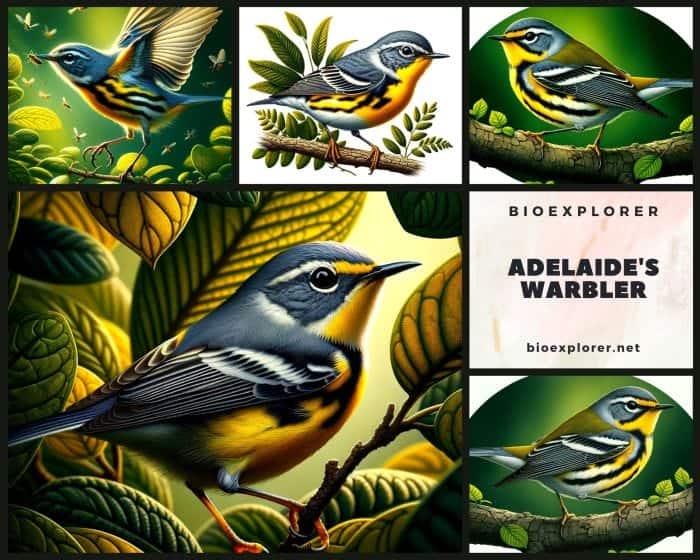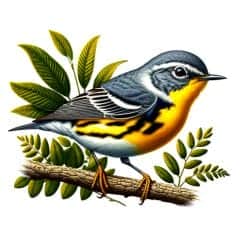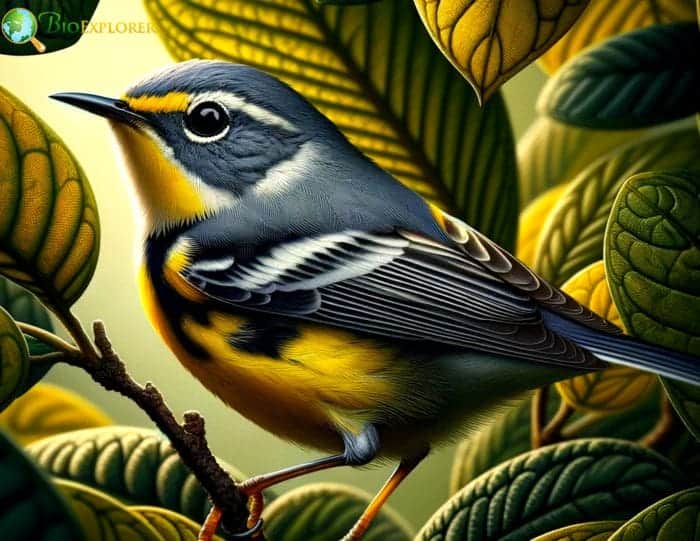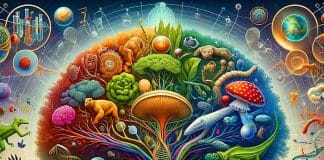
| Animalia | Passeriformes | Parulidae | Setophaga | Setophaga adelaidae |
Adelaide’s Warbler (Setophaga adelaidae) is a petite 12 cm insectivorous songbird named for Maria Adelaide Swift, daughter of the collector of the first museum specimen[1], Robert Swift.


- Common Name(s): Adelaide’s Warbler
- Family: Parulidae
- Body Dimensions: 12 cm
- Male Plumage Color(s): Gray Upperparts, Yellow Underparts, Yellow Supercilium, White Semicircle Below Eye
- Female Plumage Color(s): Gray Upperparts, Yellow Underparts, Yellow Supercilium, White Semicircle Below Eye
- Habitat: Dry Forests
- Diet: Insects, Spiders, Amphibians
- Native Countries: Puerto Rico
- Continent(s): North America
- Taxonomy Classification Year: 1865
- Taxonomist(s): Spencer Fullerton Baird
Suggested Reading: Check-out another Puerto Rican Warbler called Elfin Woods Warbler.
Adelaide’s Warbler Fun Facts

- Endemic across Puerto Rico including satellite Vieques Island, this gray and yellow beauty sports a bold yellow supercilium capped by a distinctive white semicircle below the eye[2].
- Adelaide’s Warbler enjoys arid forests like Guánica Dry Forest over northern rainforests and combines foraging flocks catching flies and spiders from high branches.
- Pairs nest low in trees from April-June, the female laying 2-4 lightly speckled white eggs in tidy cups of woven twigs and grass.
- While clutch size is typical for a warbler, this species’ reliance on specialized xericWhat is xeric?Xeric means dry or adapted to dry environments. habitat underscores its inherent vulnerability.
- With an estimated population numbering under 2,500 mature individuals, steady declines from Habitat Loss and predation pressure by stray cats and rats warrant continued monitoring.
- This dainty species merits elevation from Near Threatened status as dry subtropical forests across southwestern Puerto Rico dwindle. Protecting precious remnant stands will determine if this swift survivor endures or vanishes like many other island endemics.
- Creative approaches to secure viable habitat corridors – like inter-planting native species on reforested coffee plantations may support Adelaide’s Warblers while sustaining agricultural heritage.
Integrated solutions benefiting vulnerable wildlife and human communities best provide for Puerto Rico’s future. Perhaps the namesake lady would approve of staking the fate of “her” lovely endemic Warbler on this enlightened approach.
Cite This Page
APA7MLA8Chicago
BioExplorer.net. (2025, April 14). Adelaide’s Warbler. Bio Explorer. https://www.bioexplorer.net/animals/birds/adelaides-warbler/.
BioExplorer.net. "Adelaide’s Warbler" Bio Explorer, 14 April 2025, https://www.bioexplorer.net/animals/birds/adelaides-warbler/.
BioExplorer.net. "Adelaide’s Warbler" Bio Explorer, April 14 2025. https://www.bioexplorer.net/animals/birds/adelaides-warbler/.










